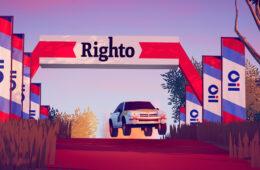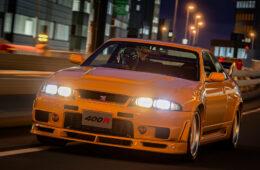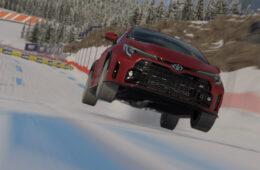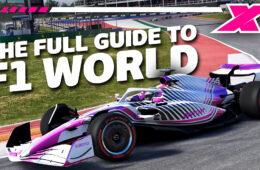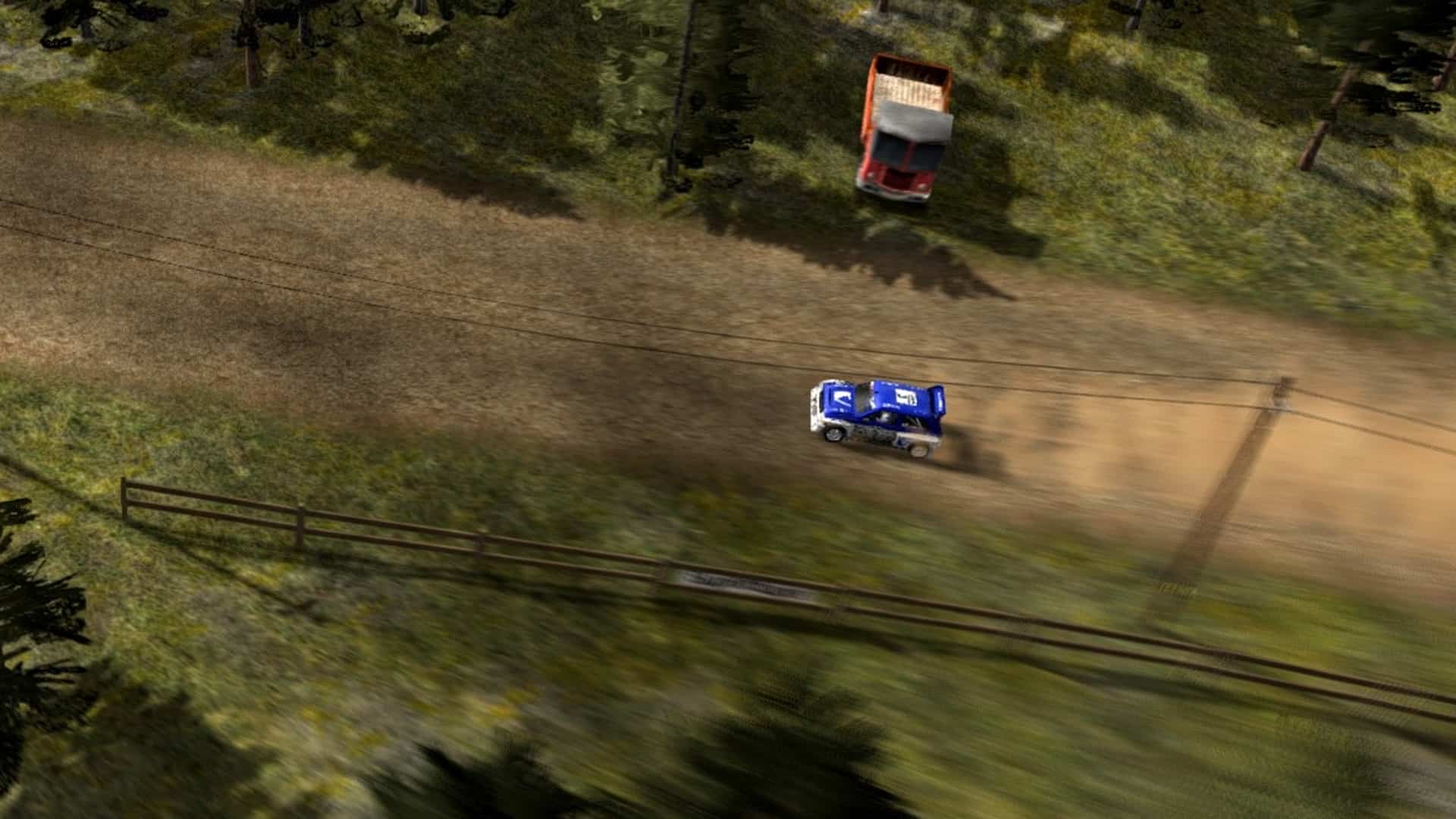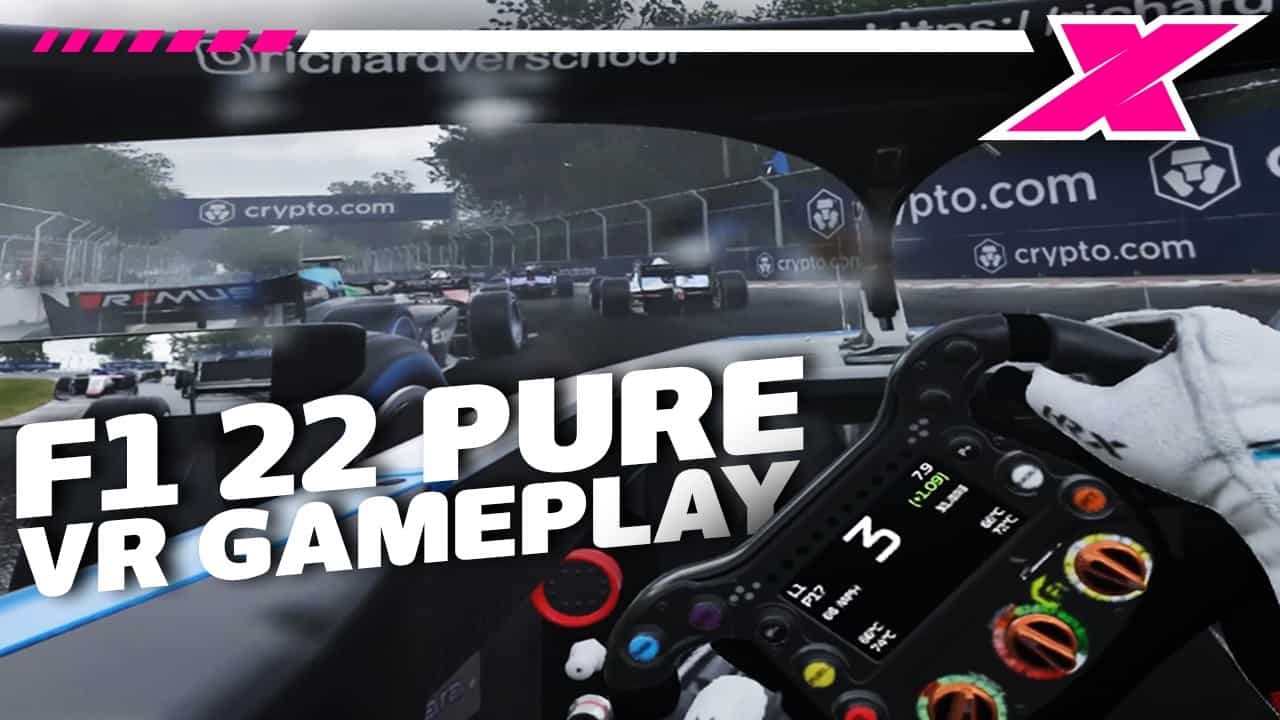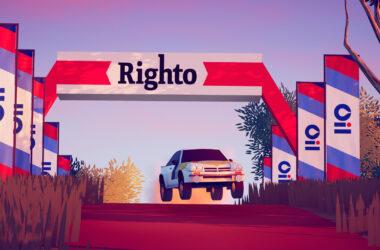Recently, it was announced that DRAG by Orontes Games would be receiving a console release and further development after the company was obtained by iRacing late in 2021. The title is currently available in Early Access on Steam at a limited capacity.
Curious to see what more there was beyond the limited free demo, I purchased the title to see where DRAG currently stands in development and if there’s potential for a solid complete game on PC and console.
As it stands, there’s still a lot left to be desired. Granted, I’d expect there to be more available when it does come out of Early Access, but there hasn’t been any update to the current version since the last community event in January.
Finding other Steam players online is nigh on impossible, so sadly the multiplayer is barren, which is a large component of the game. Still, this is very much a work in progress, so let’s dive in and see what does work.
INITIAL THOUGHTS ON GAMEPLAY

On the surface, DRAG and the Orontes Engine provide a graphically pleasing environment with an interesting car and terrain physics simulation. After that, there’s not much else besides a handful of challenges, a small amount of customization and a dormant online community.
When I opened up and started playing DRAG, I first sent a picture I took to my brother, and he agreed with me that some of the visuals were reminiscent of the Halo franchise. The tracks have a forcefield around the perimeter to both prevent cutting the course and to keep players on the right path. It lights up blue, almost like the technology found in Microsoft’s first-person franchise.
The physics system in use is called ‘4-Way Contact Patch Traction Technology’, or 4CPT for short. The tires are soft-bodied and react differently to the type of terrain itself. For example, each map has dry dirt, mud, some type of asphalt or metallic plating and a grassy type of terrain you’ll want to avoid.

When driving on the dried dirt, mainly found as the groove of the courses, you could kick the back end out a little and slide it through the corners for maximum speed.
The muddier sections would splash water back at the camera, and it would also create a slicker environment where losing the rear end is more likely. Going across the grass creates the same slick effect, but usually, those areas are bumpy, hilly and will upset the car.
There are also grippy sections on the asphalt and metallic surfaces found throughout the tracks. While they’ll give that extra grip through the corner, they also create a push, or an understeer effect when all four tires are on there. It’s a fantastic feeling when on a wheel (I was using my Fanatec Clubsport V2.5 base and pedal set) but on a controller, it was a little more difficult.
WHAT’S INCLUDED IN EARLY ACCESS



The three different maps, or zones, introduced so far all have their quirks that make each one enjoyable. The first and second ones are fairly similar, with the second one more twisty and difficult to master. The third is a complete 180, where it’s on a raised highway covered in mud surrounded by snowy peaks.
There are eight challenges per zone in the challenges section. For each challenge, you have the opportunity to earn one of the three main trophies, depending on the time on the board.
A ‘wood’ trophy is the bare minimum needed to pass the level. Earn a ‘carbon’ trophy and you’ve run a little faster. The top-level regular trophy is the ‘diamond’ trophy.

There’s also a red one called a ‘hex-diamond’ which I’m yet to find an explanation for. I did earn one early on, but honestly, I’m not sure at this stage how to get the rest of them as they are not advertised. Earning a full zone of one of the trophies will garner a Steam achievement.
You can try out the full courses in each zone in the Time Trial, but there’s not much more to that section. There are also community events, but the last community event took place back five months ago.
Players can customize their vehicles here as well. A main and accent color, plus the number, nationality and a choice between two vehicles are those customization options.
There is a third car kept under wraps, I’d expect to be unlocked with future zones, likely after the game leaves Early Access.
MULTIPLAYER SOUNDS GREAT ON PAPER, BUT…

It’s a real shame that few players venture online currently because some of the track sections utilized are not available in the challenges or time trials. Players can still go into the matchmaker and play alone, but it’s a hopper-esque system where you don’t choose the tracks, the tracks choose you… sort of.
Once a round ends, four tracks will be placed before the lobby and the winning vote is selected. There are only three areas in the game currently, and the challenges only range from 1 to 8. So, if you find an area with a section numbered 9 or above, those are only currently available through the online multiplayer.
The real draw with the multiplayer would require several players to be online to test it, which sadly I am unable to accomplish so far. Per the Steam page, Multiplayer not only has time trials, but there is a racing component where the competitors are not ghosts. The DRAG name comes from this game mode which is unplayable without another to, well, play with.

Players are supposed to be able to follow opponents in their slipstream, charging up a boost that can be utilized to increase engine power for a short time. In the last 30 days, per Steam Charts, the title has had 3.1 players per day on average. Ah.
Unfortunately, unless there’s a community event that revives the game soon, I likely won’t get to try that until the game launches in full and the players are brought back. Let’s see.
IT COULD BE SOMETHING GREAT
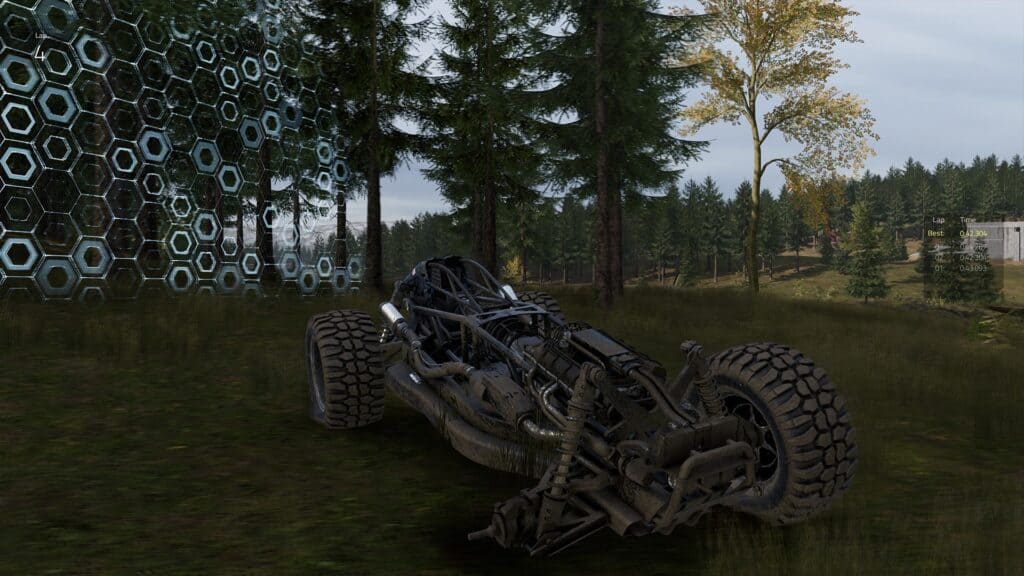
I believe the base of the game, the 4CPT and the Orontes Engine in general, are fantastic to play with. I did prefer to play it on a wheel, as I do most racing games, but I did feel a noticeable difference in performance having a wheel in my hands as opposed to a controller.
With that said, further wheel options, so that the force feedback isn’t ripping my wrists off, would be a welcome inclusion in a future release. More settings, in general, would be welcomed.
The single-player aspect of the game is lacking. There’s no AI racers or offline racing, only time trials for now.



More customization with the vehicles would be cool as well, but I’m not too hung up on what’s already in there. Maybe setup customization would be a welcome addition, where you can set the car to be better on one terrain over another, to fit your driving style. I don’t think this needs to get too intricate either.
Damage is included throughout the game as well, and while it’s really only effective if you lose a wheel, any type of damage collection is going to mean you didn’t run the course correctly. It is still neat to see a tire fly off when impaling a tree head on, but I hope this is expanded upon.
Overall, this game, this engine, it’s great for what it is. I look forward to the future release of the title and what else Orontes and iRacing have in store for it. I also hope that iRacing can utilize some of it for its own simulation as well in the future, but that may be wishful thinking.
We’ll keep you updated should DRAG receive a PC update and when the PlayStation and Xbox versions launch.


